What never planted perenn. do you plan to put in your garden in 2022?
rouge21_gw (CDN Z5b/6a)
2 years ago
last modified: 2 years ago
Featured Answer
Sort by:Oldest
Comments (34)
rouge21_gw (CDN Z5b/6a)
2 years agoRelated Discussions
What do you put in your garden isles
Comments (3)Sawdust isn't that great.I have pine sawdust in my blueberry patch and it just clumps up and makes the wheeling thru a lot harder.Where the sawdust is packed down due to age it isn't that bad.Though weeds do grow thru the old and newer sawdust. At this moment I'm thinking of just growing grass in my isles as I slowly convert by garden to raised beds....See MoreHow do you plan your gardens? Or do you at all?
Comments (16)It isn't that I'm so wonderfully organized, Pam, I require some help in remembering what I want to do. Sometimes I come inside and remember that I had a wonderful thought about adding something to a certain spot, but I've already forgotten what it was. I can't remember what bloomed in April as compared with May. Sometimes when I read my notes, if there isn't a photo with them, I am not sure what they mean. Today I looked at a file with nicotiana and lilies together and a note about purple nicotiana that I don't remember at all, and it is only a month old. If there isn't a note with the plants I'm about to plant, they'll go in the wrong places when I get distracted. You all can feel free to worry about me at any time. If I kept all my plans 'in my head' they would rapidly leak out. There's just too much to remember it all. Nell...See MoreWhat do you wish you had NEVER planted? & Which plants do you love?
Comments (53)PK, I pulled it up as soon as I saw the first leaves emerge. When I pull up an invasive, I don't merely tug and yank, I get my hand weeder (or shovel) and go down deep to get the roots. Merely pulling the plant up usually leaves too much root behind. Even in places where I could not get rid of every bit of root, I just made sure that I cut off every leaf that sprouted, which insured the death of the plant trying to emerge. Diligently removing emerging foliage on pesky invasives (such as alstromeria) worked well for me because the little brittle roots were impossible to dig up. Molly...See Morewhat steps do you take in planning your vegetable garden?
Comments (17)I'm not trying to solve a problem with my post (I'm just being conversational, since I thought that's how the OP was meaning to be). I get seeds. I decide where to plant them. I repeat this process throughout the previous year and the winter. I plant them. I usually rotate crops, although I've had good success with certain kinds of crops in the same place two years in a row. I strategize as to how to avoid cat problems. I mostly grow Solanaceae (esp. tomatoes) and Cucurbitaceae plants, but I grow a bunch of other stuff, too, like basil, okra, corn, radishes, and bunching onions. I have to plan what to grow in more shaded areas, what to grow in containers (usually peppers), what to grow in the raised beds, etc. I have to plan how and if to amend the soil. I tend to till the soil (with a shovel), and do a lot of weeding. I experiment a lot. The garden isn't all about this year, in my view. Learning can help for the future. I'm not usually conventional in the way I garden (this is partially because the growing conditions and my resources aren't conventional, but also because I'm not the most conventional person out there). I don't mind taking risks if I see possible gains that I like enough. I actually grow F2 hybrids, sometimes. I save seeds from most things. I grow a lot of varieties to learn about them, and for genetic diversity in breeding projects. I keep records of results and what I have. I'd like to get into cover crops more. I make sure to plan when to start seeds in cells/trays in my small, unheated greenhouse (to be transplanted out of it later). March or early April seem to be good times for what I start in it. I plan my seed-starting mix, containers, etc. I plan when to fertilize my seedlings for the first time (if they're in the greenhouse long enough). Of course a lot of stuff you just have to plan until you find something that works (and then you can do that stuff that works again instead of planning all over). What works for one person or in one garden may not work for another in another....See Morerouge21_gw (CDN Z5b/6a)
2 years agorouge21_gw (CDN Z5b/6a)
2 years agolast modified: 2 years agodiggerdee zone 6 CT
2 years agorouge21_gw (CDN Z5b/6a)
2 years agorouge21_gw (CDN Z5b/6a)
2 years agorouge21_gw (CDN Z5b/6a)
2 years agodiggerdee zone 6 CT
2 years agomxk3 z5b_MI
2 years agocecily 7A
2 years agodbarron
2 years agodiggerdee zone 6 CT
2 years agodbarron
2 years agorouge21_gw (CDN Z5b/6a)
2 years ago
Related Stories
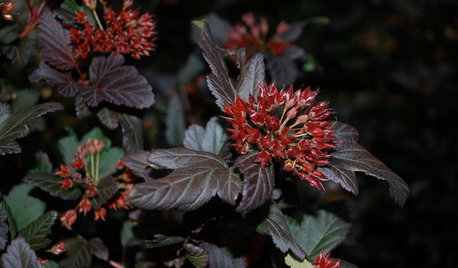
LANDSCAPE DESIGNGreat Design Plant: Sun-Loving Ninebark Puts on a Color Show
This tall, dark and handsome native shrub is equally at home in jeans and boots or in a suit and tie
Full Story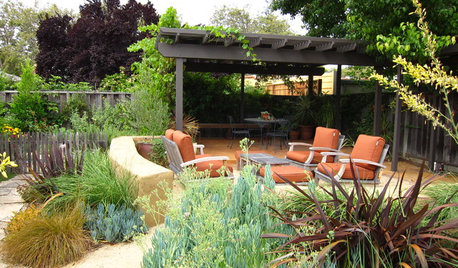
GARDENING GUIDESWhat Are Your Spring Gardening Plans?
Tearing out the lawn? Planting edibles? Starting from scratch? Tell us what you plan to change in your garden this year
Full Story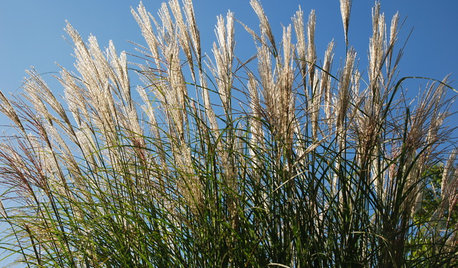
LIFEConsider Avoiding These Plants to Help Keep Your Garden Fire-Safe
Plants that accumulate dead material, are high in oil or have low moisture content in leaves put some homes at risk
Full Story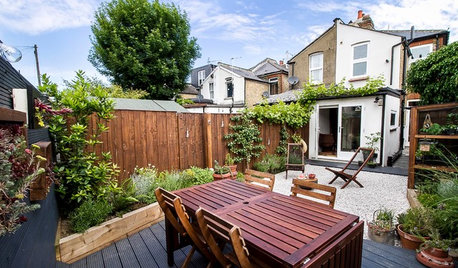
GARDENING GUIDESHow to Plan Your Edible Garden
Get organized before you plant to ensure that your fruits and vegetables have a chance to thrive
Full Story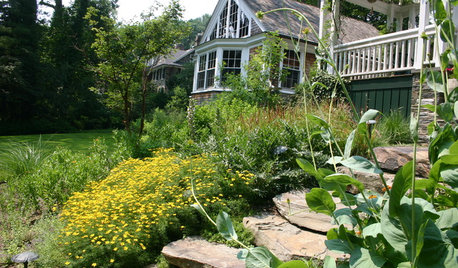
NATIVE PLANTS5 Ways to Keep Your Native Plant Garden Looking Good All Year
It’s all about planning ahead, using sustainable practices and accepting plants as living organisms
Full Story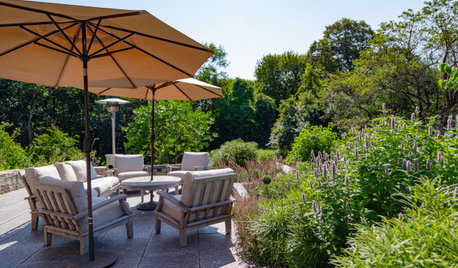
GARDENING GUIDESGet a Head Start on Planning Your Garden Even if It’s Snowing
Reviewing what you grew last year now will pay off when it’s time to head outside
Full Story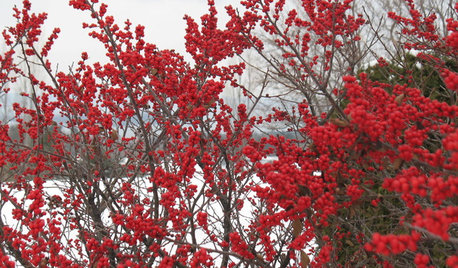
GARDENING GUIDES6 Rockin’ Red Plants for Winter Gardens
Use the bright berries or branches of these cold-climate favorites for outdoor garden interest or container arrangements anywhere
Full Story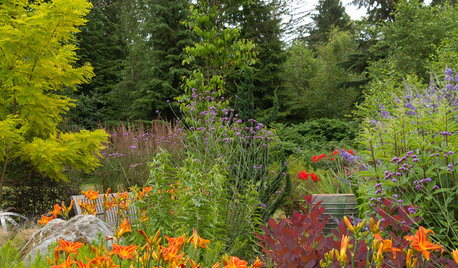
PLANTING IDEASGreat Garden Combo: Planting for Fiery Color and Beautiful Wildlife
Draw winged wonders while maintaining a strong design aesthetic to please human visitors to your garden year-round
Full Story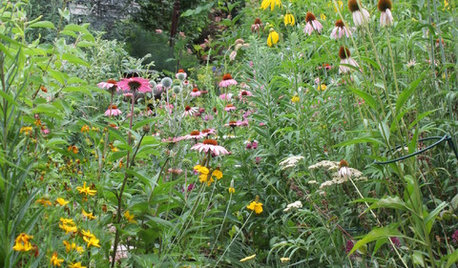
GARDENING FOR BUTTERFLIES3 Ways Native Plants Make Gardening So Much Better
You probably know about the lower maintenance. But native plants' other benefits go far beyond a little less watering and weeding
Full Story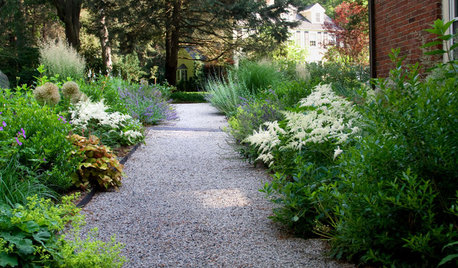
LANDSCAPE DESIGN10 Ways to Put Gravel to Work in Your Garden
Use gravel for pathways and patios, as a mulch for garden beds, to reduce rainwater runoff and more
Full Story


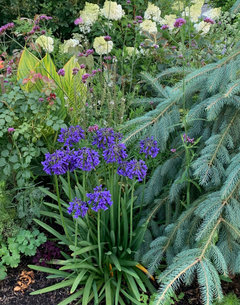
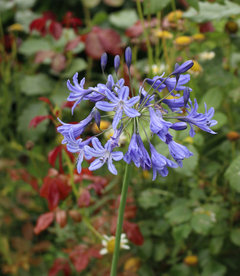
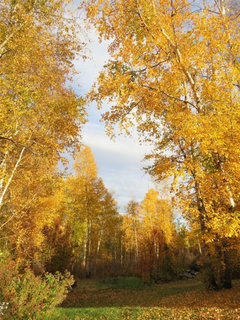

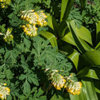
diggerdee zone 6 CT